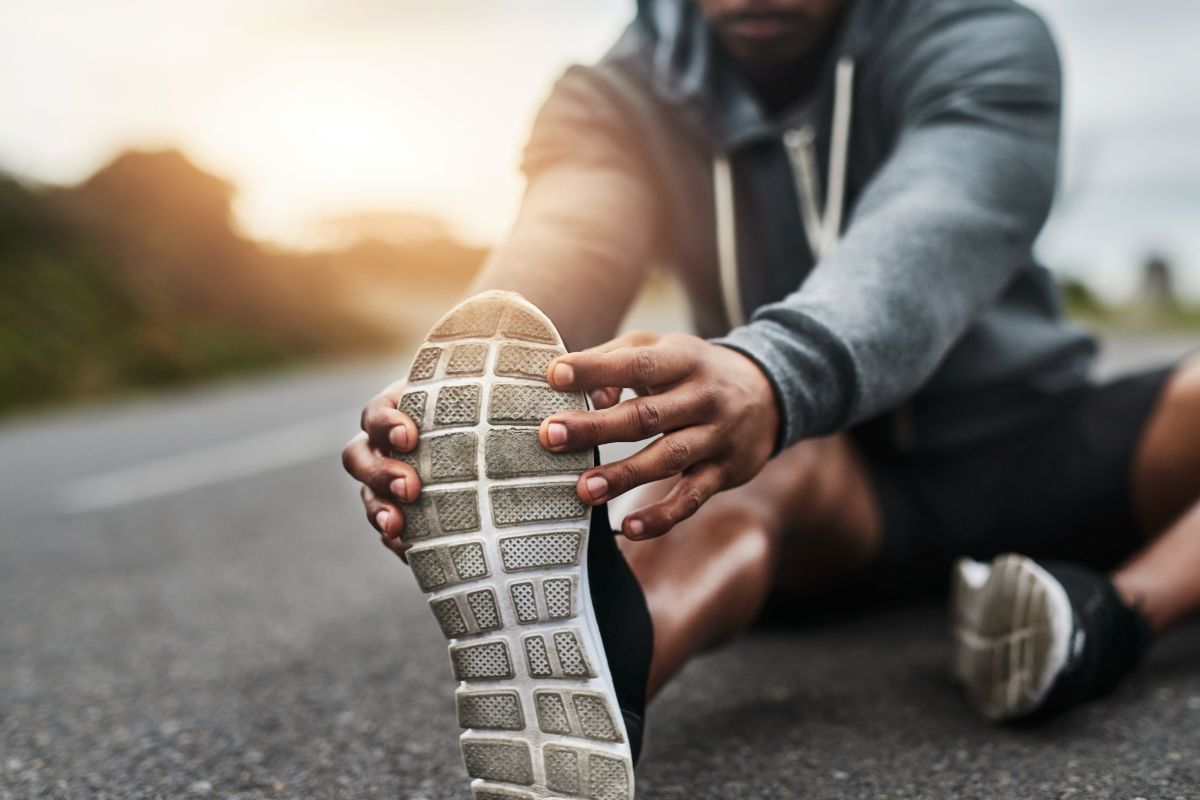Din handlekurv er nå tom!
Muscular pre-conditioning using light-emitting diode therapy (LEDT) for high-intensity exercise: a randomized double-blind placebo-controlled trial with a single elite runner.

Skrevet av
by Cleber Ferraresi, Thomas Beltrame, Fernando Fabrizzi, Eduardo Sanches Pereira do Nascimento, Marlus Karsten, Cristina de Oliveira Francisco, Audrey Borghi-Silva, Aparecida Maria Catai, Daniel Rodrigues Cardoso, Antonio Gilberto Ferreira, Michael R Hamblin, Vanderlei Salvador Bagnato, Nivaldo Antonio Parizotto
Abstract: Recently, low-level laser (light) therapy (LLLT) has been used to improve muscle performance. This study aimed to evaluate the effectiveness of near-infrared light-emitting diode therapy (LEDT) and its mechanisms of action to improve muscle performance in an elite athlete. The kinetics of oxygen uptake (VO2), blood and urine markers of muscle damage (creatine kinase–CK and alanine), and fatigue (lactate) were analyzed. Additionally, some metabolic parameters were assessed in urine using proton nuclear magnetic resonance spectroscopy ((1)H NMR). A LED cluster with 50 LEDs (λ = 850 nm; 50 mW 15 s; 37.5 J) was applied on legs, arms and trunk muscles of a single runner athlete 5 min before a high-intense constant workload running exercise on treadmill. The athlete received either Placebo-1-LEDT; Placebo-2-LEDT; or Effective-LEDT in a randomized double-blind placebo-controlled trial with washout period of 7 d between each test.
Key points:
- LEDT improved the speed of the muscular VO2 adaptation (∼-9 s), decreased O2 deficit (∼-10 L), increased the VO2 from the slow component phase (∼+348 ml min(-1)), and increased the time limit of exercise (∼+589 s).
- LEDT decreased blood and urine markers of muscle damage and fatigue (CK, alanine and lactate levels).
- The results suggest that a muscular pre-conditioning regimen using LEDT before intense exercises could modulate metabolic and renal function to achieve better performance.